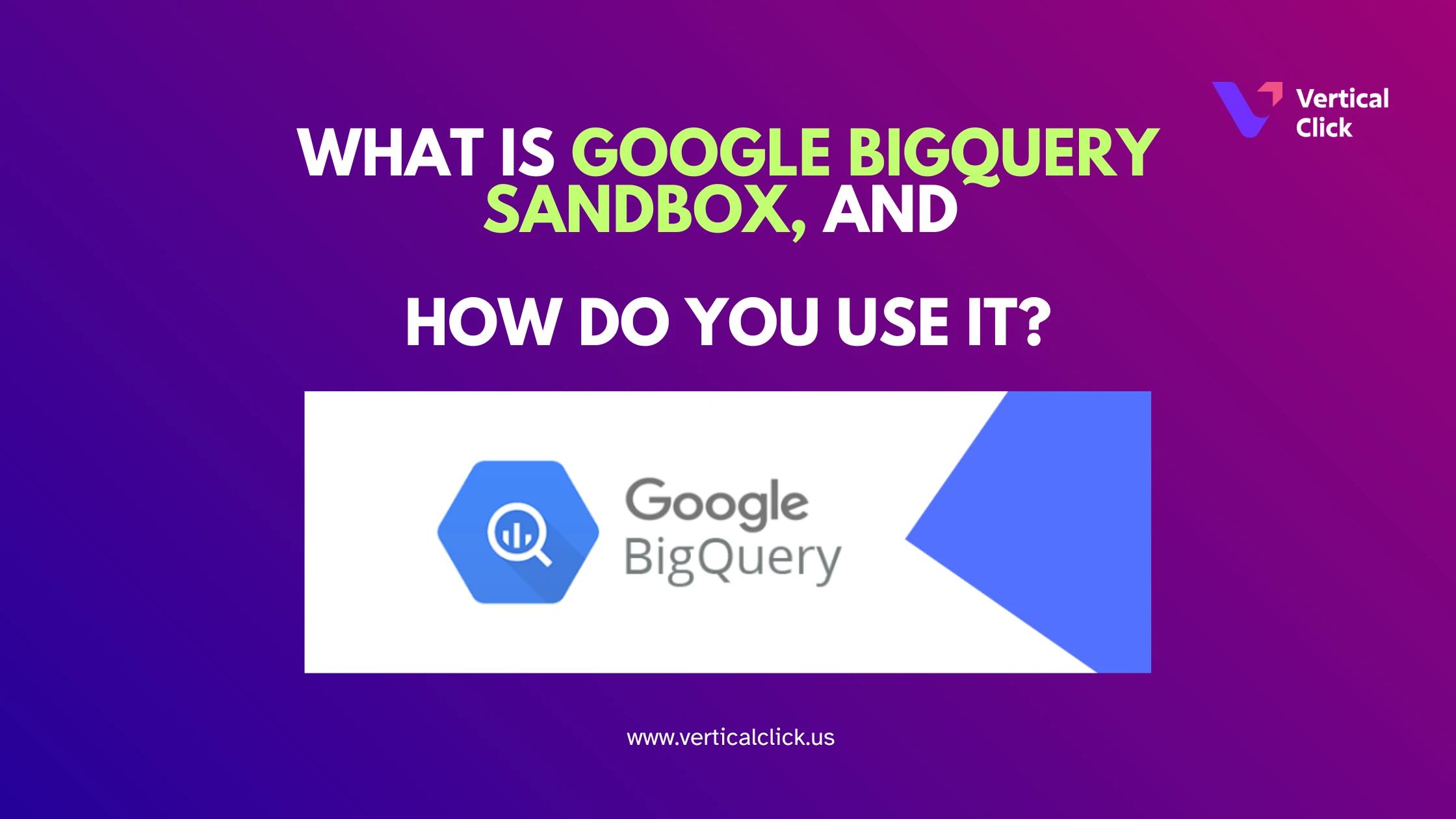In days such as these and in an age that thrives on data, some incredible analysis tools, such as Google BigQuery, allow virtually effortless exploration and analysis of huge datasets. Nevertheless, if you’re just beginning to set up your billing accounts and learn the ropes, everything becomes overwhelming, which is where BigQuery Sandbox comes into play.
What is BigQuery Sandbox?
Google BigQuery Sandbox is a free and limited environment of Google Cloud Platform (GCP) to let users run BigQuery without enabling billing. It is ideal for students, developers, data analysts, and others who want to play around in a non-risk setting with BigQuery.
The Sandbox gives the user core capabilities of BigQuery; for example, find a place to run SQL queries, upload small datasets, or access public datasets. All of it is done within usage limits designed to avoid generating expenses.
How to Use BigQuery Sandbox
Using BigQuery Sandbox is very straightforward and involves only the following:
1. Open the BigQuery Console. Visit http://www.cloud.google.com/bigqueryconsole. You can save yourself the trouble of logging in using your Google account if you’re not signed in.
2. Create a New Google Cloud Project. Yes, you’re correct; it’s your first experience of this cloud, and so you need to create a project but without enabling billing.
3. Start Querying. The next step is to set up your project, which is then instantly queryable: Click “Compose New Query.”
4. Use SQL to explore public datasets
5. Run your queries and view results in the UI
Upload Your Own Data (Optional)
You can create tables by uploading CSV, JSON, or other supported file formats. Just make sure your data remains under the 10 GB active storage limit. 5. Visualize or Export Connect BigQuery to Google Sheets or Looker Studio to create dashboards and charts. You can also export query results to other tools or download them as CSV files.
Limitations of the Sandbox
Though BigQuery Sandbox is powerful generally, it does have some limitations:
- It has no support for streaming data inserts.
- It does not have advanced security or custom roles.
- Datasets and tables may expire when they are not upgraded.
- It cannot cater to workloads that are of a production scale.
Use Cases for the Sandbox
BigQuery Sandbox is great for:
- Learning and experimentation with SQL
- Exploration of Google’s public datasets
- Prototyping small-scale analytics solutions
Teaching data science or analytics without cost concerns
Things to Keep in Mind: The sandbox, while being free and powerful, comes with restrictions: No streaming data into the tables. No fine-grained IAM (access control) features. Datasets expire after 60 days. Will not support production workloads
Conclusion
Google BigQuery Sandbox is a great, valuable tool to dig into big data analytics, but without financial risk. There is a generous free tier and access to rich datasets, so it’s great for teaching, trying things out, or developing small things. Whether you are a student or an enthusiast, or even a developer, the Sandbox, billing-free, makes BigQuery accessible and straightforward.

Leave a Reply